Treatment and intimate rejuvenation of Fotona laser (photon)
Dryness, a decrease in tone, discomfort with proximity or initial signs of incontinence - all this interferes with living a full life. The erbium photon laser helps safely and without operations to return the vaginal tone, improve sensitivity and cope with delicate problems. Want to return comfort and confidence? Let's figure out how the laser works, and what you get after the procedure.

specialists

equipment

treatment
Laser technologies in gynecology
Laser in gynecology is an accurate and gentle method that helps to cope with various problems: from treating cervical erosion to strengthening pelvic floor tissues. Its main advantage is minimal trauma and quick results.
The laser affects only damaged tissues, without touching healthy tissues. The procedures are painless, most often without anesthesia, and allow you to return to normal life in 1-2 days.
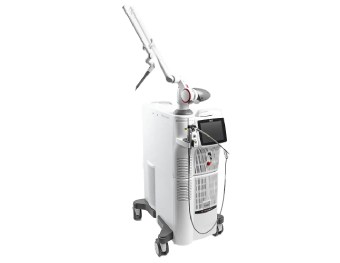
Where and how the laser is used:
-
Incontinence
The laser enhances the tone of the pelvic floor tissues, improves their elasticity and helps to cope with stress incontinence.
-
Vaginal rejuvenation
Laser stimulates collagen production, improves blood circulation and restores the vaginal mucosa.
-
Treatment of cervical erosion
The laser selectively removes damaged areas without affecting healthy tissues.
-
Removal of neoplasms
Polyps and cysts are removed quickly, without pain and stitches. The laser cauterizes the tissues, preventing bleeding.
-
Rehabilitation after childbirth
Laser helps to heal tears and strengthen vaginal tissues, restoring their normal function.
Comparison of laser rejuvenation and surgery
|
Parameter |
Laser rejuvenation (Photon) |
Surgery |
Explanatory notes |
|---|---|---|---|
|
Method of action |
Laser pulses that stimulate collagen and rejuvenate tissues |
Surgical Tissue Removal and Tightening |
Laser rejuvenation affects the skin gently, without violating the integrity of tissues. Surgery involves incisions and removal of excess skin. |
|
Recovery Period |
1-7 days, minimal discomfort |
2-4 weeks, bruising and swelling are possible |
Laser treatment is less traumatic and requires less recovery time. |
|
Efficiency |
Visible effect after several treatments |
Instant, but with the risk of complications |
Laser gives a gradual and natural result, and surgery provides an instantaneous, but sometimes excessive change in appearance. |
|
Risk of complications |
Minimal (redness, swelling) |
High (scars, infections, asymmetry) |
Laser procedure is safer due to its non-invasive technique. |
|
Effect Durability |
1-3 years, maintenance therapy required |
5-10 years, depending on age and lifestyle |
Surgery has a longer effect, but also depends on age Changes. |
|
Suitable for intimate rejuvenation |
Yes |
No |
Photon laser is used for safe and effective treatment of the intimate area. |
|
Price |
Moderate (depends on the number of treatments) |
High |
Laser treatment often requires a course of procedures, but is generally less expensive than surgery. |
|
Pain |
Minimal, local anesthesia can be used |
High, general anesthesia required |
Laser rejuvenation is more comfortable for the patient. |
Choosing a laser for gynecology
Treatment of Urinary Incontinence (Fotona IncontiLase)
The technique is aimed at strengthening the tissues of the vagina and urethra. The laser heats the tissues to a temperature of 60-63°C, which causes an instant contraction of collagen fibers and stimulates their renewal.
The principle of operation is based on the point effect of a laser, which triggers natural recovery processes without damaging the mucous membrane. Thanks to this, the patient can avoid a long recovery and the inconveniences associated with it.
After just two sessions, most women notice a significant improvement: the symptoms of urinary incontinence are reduced, and the tissue tone becomes noticeably better.
Laser Whitening of the Intimate Area (Fotona SP Dynamis)
Laser lightening of the intimate area is a cosmetic procedure that helps to get rid of excess pigmentation and improve the appearance of delicate areas. The method is based on the use of the SP Dynamis Photon system.
How does the method of rejuvenation and brightening work? The laser destroys melanin, which leads to lightening of the skin. At the same time, the structure of tissues is improved due to the activation of new collagen fibers. The laser works only on the top layer of the skin, so the procedure is safe. You will notice the result immediately: the skin becomes lighter, smoother, and its elasticity is noticeably improved.
Intimate laser rejuvenation (IntimaLase)
The laser gently heats the mucous membrane, causing the collagen fibers to contract. As a result, the tissues become denser and firmer. The laser also stimulates the production of new collagen, which helps to improve the condition of the tissues for a long time.
The procedure acts gently, does not injure the skin and mucous membrane. After 2-4 sessions, the vaginal tissues become more elastic, and sensitivity during intimacy improves. In addition, the walls of the vagina and urethra are strengthened, which helps to reduce the symptoms of stress urinary incontinence.
The technique is suitable for women who want to solve the problems of tone, discomfort and improve the quality of intimate life.
Answers to popular questions
If you are worried about something or still have doubts, here are the answers to the most frequently asked questions about the IntimaLase Photon procedure.
What are the side effects after the procedure?
A slight redness or swelling in the treatment area sometimes appears after the procedure – this is normal and usually goes away in a couple of hours or days. In rare cases, there may be some slight discomfort or capillary bleeding.
Is it possible to undergo the procedure after childbirth?
After childbirth, it is recommended to wait at least 6-8 weeks so that the tissues have time to recover. However, the final decision is made by the doctor based on the patient's condition.

This award is given to clinics with the highest ratings according to user ratings, a large number of requests from this site, and in the absence of critical violations.

This award is given to clinics with the highest ratings according to user ratings. It means that the place is known, loved, and definitely worth visiting.

The ProDoctors portal collected 500 thousand reviews, compiled a rating of doctors based on them and awarded the best. We are proud that our doctors are among those awarded.
Make an appointment at a convenient time on the nearest date
Price
Other services
Hormone therapy
Radio wave gynecology with the Surgitron deviceLaser therapy using the Photona device
Sling operations Ectopic pregnancy Delayed menstruation Removal of the uterus (hysterectomy) Thrush (vaginal candidiasis) Prolapse of the uterus and vagina Uterine polyp (endometrial polyp) Cervical dysplasia Adenomyosis Treatment of sexual infections Vaginitis (Colpitis) Erythroplakia of the cervix Endometritis Bacterial vaginosis Symphysitis (symphysiopathy) Erosion and ectopia of the cervix Vulvovaginitis Premenopause Uterine artery embolization for uterine fibroids Cervicitis Gynecologist consultation Dysmenorrhea (painful periods) Amenorrhea Removal of the ovaries (oophorectomy) Postmenopausal Sphinctermetry Adenomyosis (Endometriosis of the uterus) Vulvitis Vaginal surgeries Inflammation of the appendages (adnexitis, salpingo-oophoritis) Labiaplasty (labiaplasty) Bartholinitis Surgery to remove an ovarian cyst Prolapse (prolapse) of the uterus and vagina Hormone replacement therapy (HRT) First menstruation 7 days after embryo transfer Biochemical pregnancy IVF protein diet Day 5 after embryo transfer Follicles Bicornuate uterus and pregnancy Day 9 after embryo transfer 1 day after embryo transfer Age and Fertility 10 days after embryo transfer
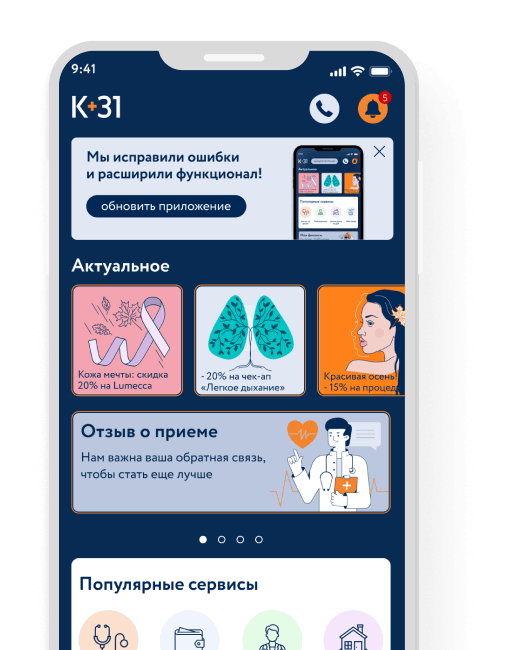
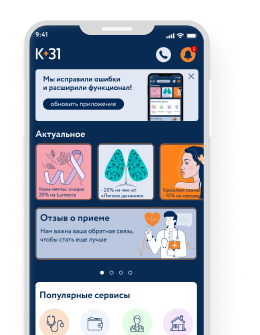


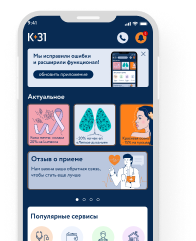


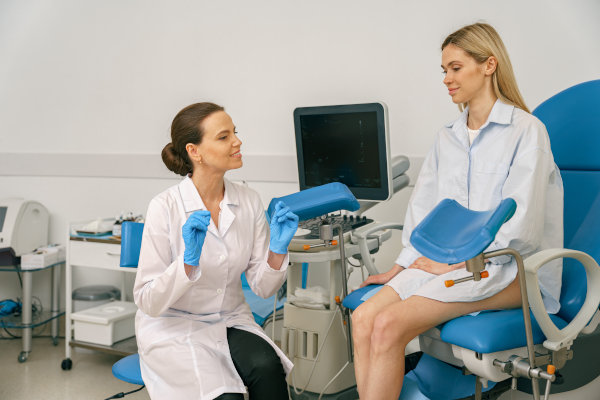
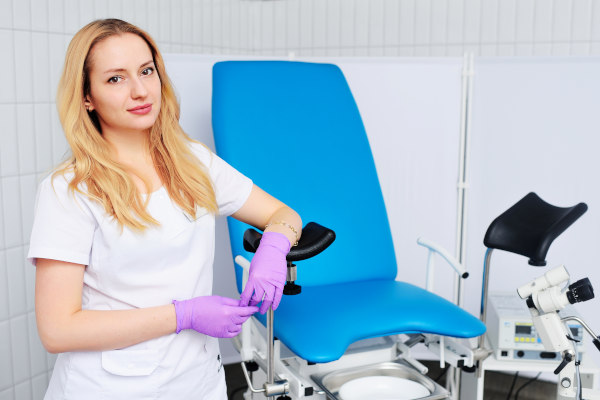
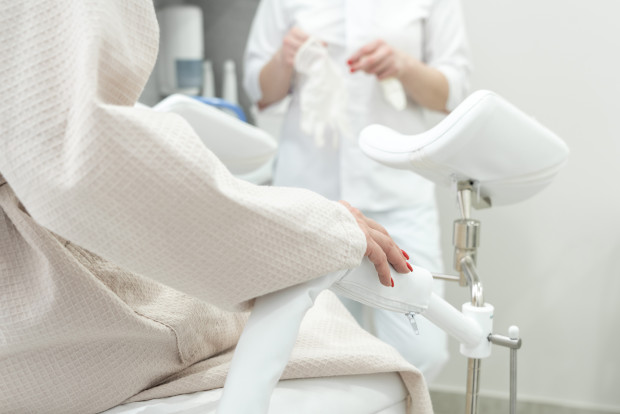
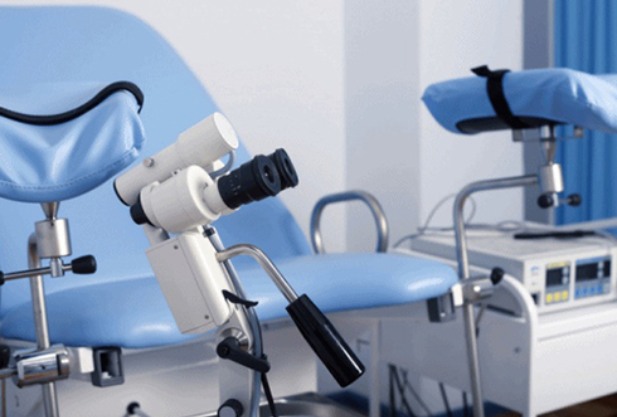










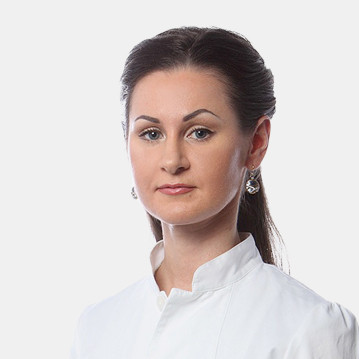






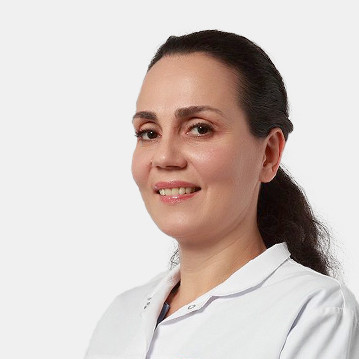




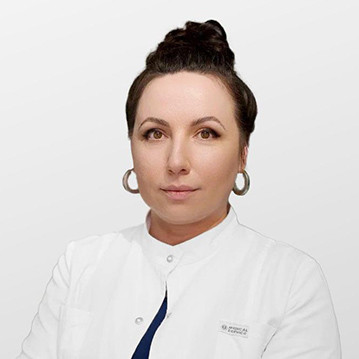












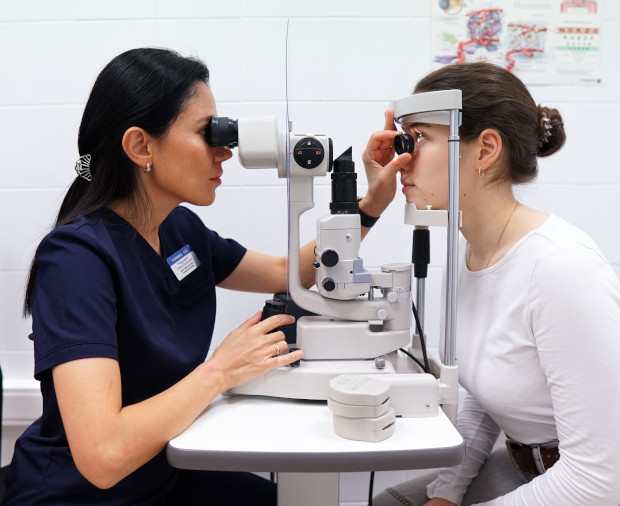


Application of a photon laser in gynecology
The main areas of application of the Photon laser:
The laser is also used for rehabilitation after childbirth. It restores tone to the vaginal tissues, accelerates the healing of tears and sutures, and also strengthens the pelvic floor muscles so that everything works as it should again.